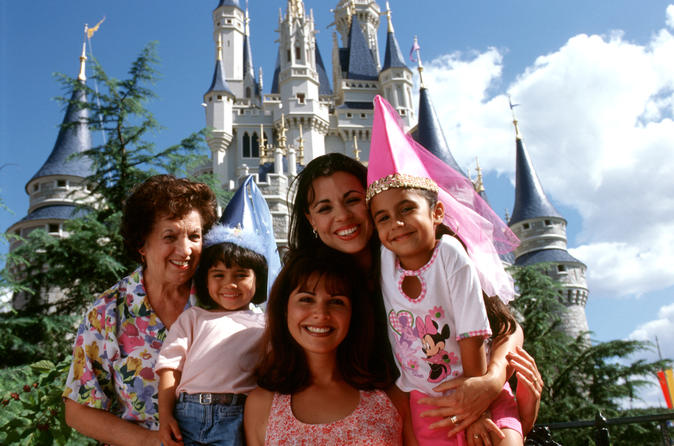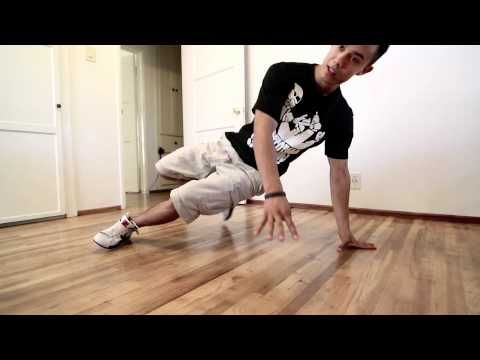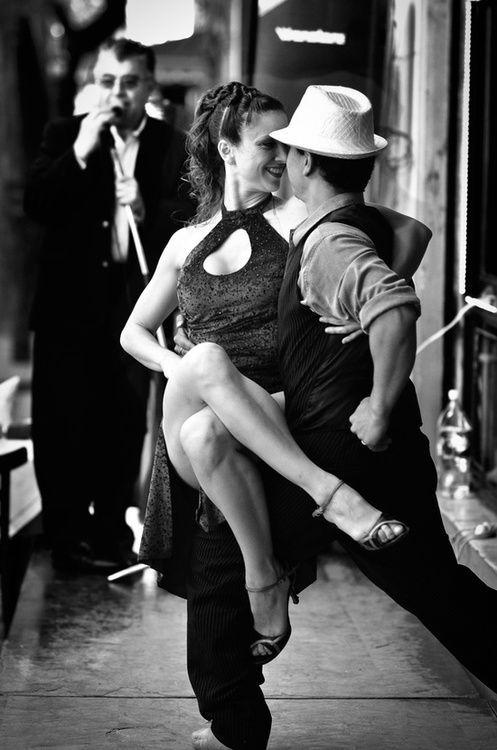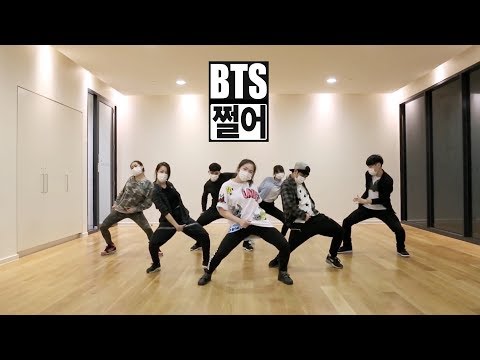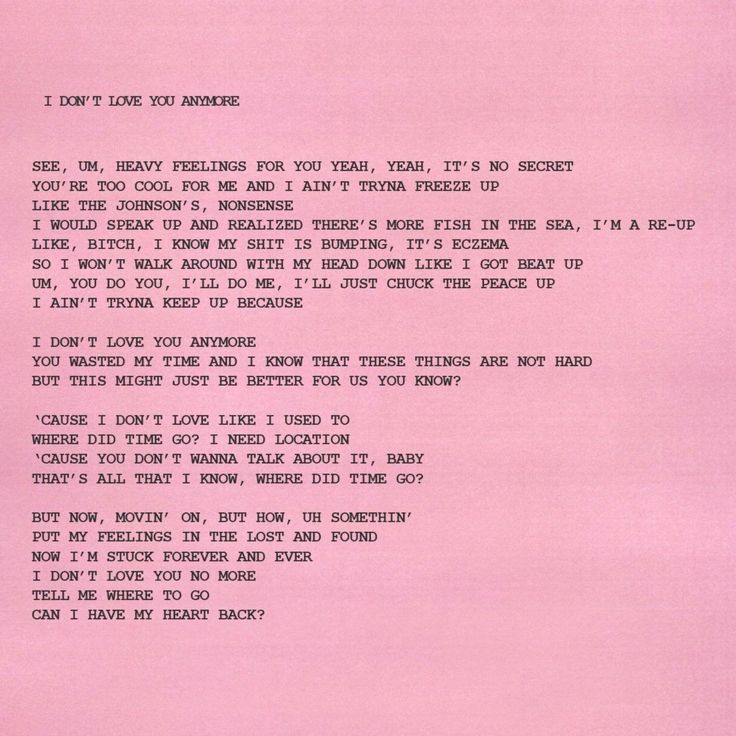How to become a dancer at disney world
My Disney Story: Auditioning for Disney
My Disney Story: Auditioning for Disney
Sweat was already dripping down my forehead as I walked into my first Disney audition. It was a hot Florida Spring day. The room was full of other sweaty dancers and performers like me, warming up as they sat next to their bag full of dance shoes.
I decided to go to the audition on a whim. I was home in Orlando on Spring break from my freshman year of college and had just turned 19. Having grown up in Orlando, I always wondered what a Disney audition would be like.
In many ways, it fulfilled what I imagined—a room full of dancers stretching, chatting and pinning numbers to their tops. In other ways, it was not what I expected—friends wishing each other luck as they went back into the audition room, an emboldening sense of camaraderie among the 400+ people there.
I did not expect to feel a part of a community. I thought competition would be fierce and it would be a room full of whispers and side-eyes. But there I was in a hot holding room wanting the same thing everyone else did. It was more than the circumstances alone that brought us together. It was the passion and desire to do what we love—dance.
But wait, let’s back up. How did I get to that sweaty audition on that humid day?
Where Can I Find Disney Auditions?
I didn’t just stumble in there. I researched and found the posting myself on www.DisneyAuditions.com. Audition notices for all Disney Parks are posted here, and not just for dancers but for singers, musicians, stunt-artists, and acrobats too.
The call I attended was for “Parade Performers,” which I later learned was different than a call for “Dancers.” Parade Performers do just that, dance in parades. Their department is in the same family as character “look-a-likes” and the performers often do both. A dancer call will have you auditioning for Disney’s stage productions like “Mickey’s Royal Friendship Faire. ”
”
Regardless, both auditions are run similarly and are a great opportunity to get seen by Casting.
What Should I Expect At A Disney Audition?
First, there is a type-out. Disney auditions often garner over 400 dancers at one call, so narrowing down the pool of eligible applicants is essential. A type-out involves a basic dance routine that demonstrates classical technique. It typically involves a battement and/or a pirouette. These type-out combinations are rarely more than two 8-counts and involve moving across the floor. They serve to eliminate the novice from the experienced dancer.
Once through the type-out, you proceed on to the next level of the audition. This involves a more challenging combo and further rounds of eliminations.
What Do Casting Directors Look For In A Performer?
Disney casting directors, and most casting directors in general, are looking for someone who embodies the show’s style and story.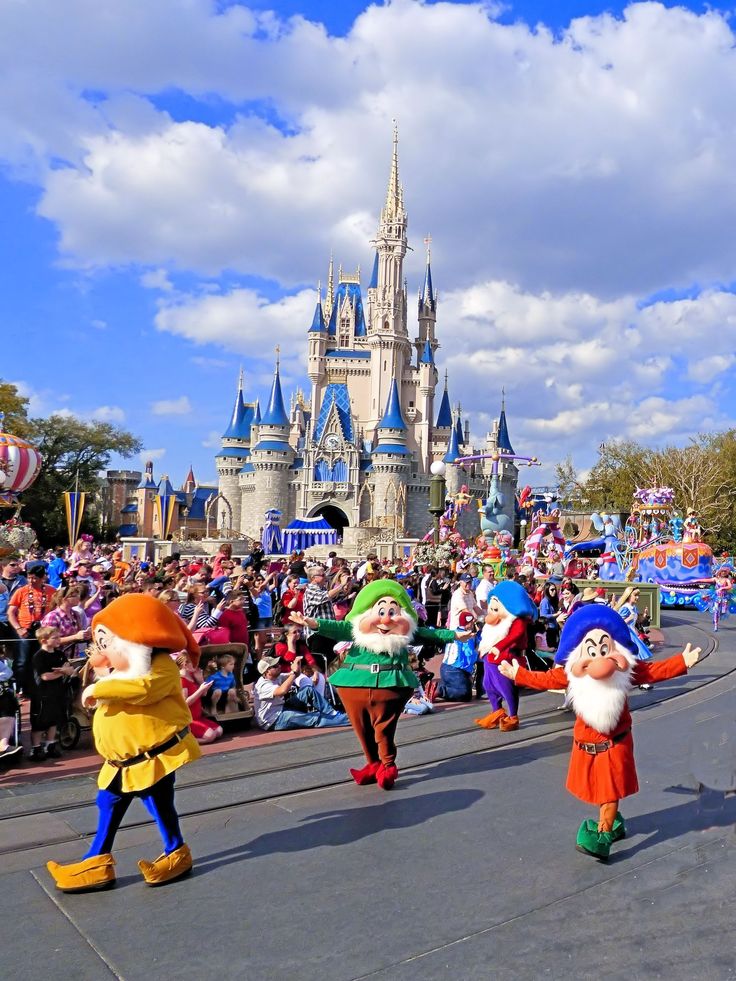 They are looking beyond the dance moves and watching how you connect to the show’s narrative. Nearly all of Disney’s shows revolve around a beloved tale. Being able to embody that story and share it with the audience is a vital skill. Too often many dancers forget about selling their performance in the audition room and plaster a look of fierce concentration on their face. Technique is important, but so is acting and performing.
They are looking beyond the dance moves and watching how you connect to the show’s narrative. Nearly all of Disney’s shows revolve around a beloved tale. Being able to embody that story and share it with the audience is a vital skill. Too often many dancers forget about selling their performance in the audition room and plaster a look of fierce concentration on their face. Technique is important, but so is acting and performing.
How Can I Audition For Disney?
Disney auditions are ongoing, and their audition site often updates as they seek new performers to fill open roles. Keep a keen eye out for calls that suit you. Most breakdowns have a height range requirement, as well as an overall look that casting directors are searching for. For example, Disney’s Festival of the Lion King seeks “Dancers with excellent ballet technique” while their Halloween Spectacular looks for “Dancers with hip-hop skills.” Know your assets and attend auditions accordingly.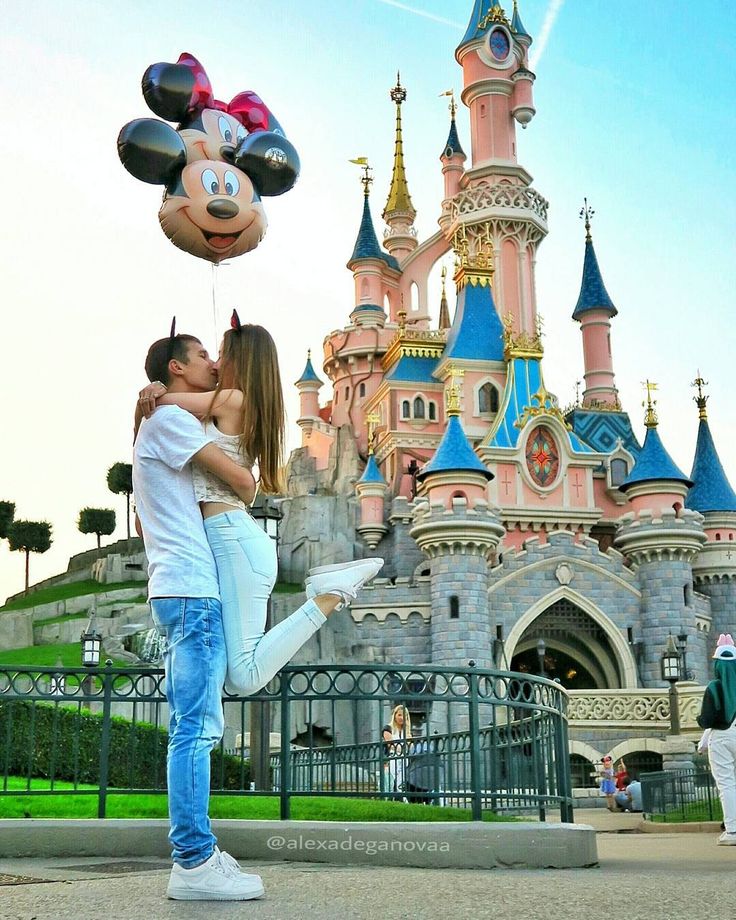
Disney auditions are one of the most approachable auditions to attend. The atmosphere is welcoming, and everyone gets a chance to dance. That hot spring day I booked my first job as an entertainer. I returned from college and worked full-time through the Summer. It was an educational experience that immersed me in the Entertainment field and inspired me to pursue a career in the Performing Arts.
Whether your career begins at Disney, like mine did, or on another stage—remember to work hard and learn from your talented peers. As performers, we are life-long students.
Kelsey is a classically trained dancer and Actor’s Equity performer. She has performed for companies such as Central Florida Ballet, Tokyo Disney, Walt Disney World, Universal Studios, and at sea with leading luxury cruise lines. A dancer by day and a writer by night, when Kelsey is not performing she shares her love of dance, travel, and finding a good cup of coffee on her blog Wend Away Travels.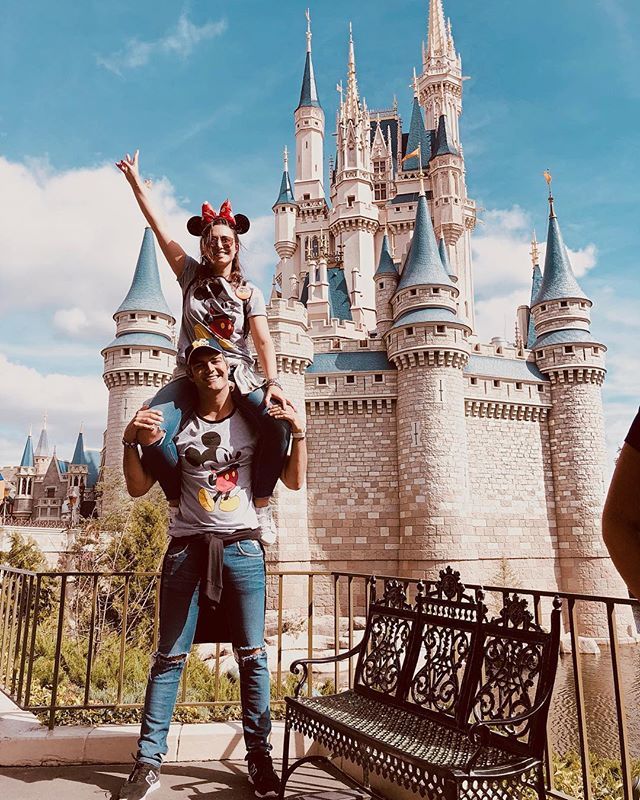 Find her full performance bio and show gallery at www.kelseyannglennon.com.
Find her full performance bio and show gallery at www.kelseyannglennon.com.
Dancing for The Mouse: A Look at What It’s Like to Work as a Disney World Performer
Dancing for The Mouse: A Look at What It’s Like to Work as a Disney World Performer
If you’re an energetic, enthusiastic and expressive dancer looking for a fun and challenging performance job, theme park performances are a great option to explore! And with more than 60,000 cast members employed at the park as performers and characters, Disney World is an awesome place to try.
I spoke to one of those performers, Ty, who dances at Walt Disney World in Orlando, Florida. Ty is 23 and grew up in Florida, so Disney was never too far away. Here’s what he had to say about dancing everyday at “the happiest place on Earth”:
Me: So, let’s start at the beginning. When did you start dancing and what type of training did you have?
Ty: I started dancing in 2010 at a local studio that focused on competition dancing. From there I went to college to study dance with a focus in classical ballet and various forms of modern dance. All other training came from experiences in small companies as an apprentice or company member.
From there I went to college to study dance with a focus in classical ballet and various forms of modern dance. All other training came from experiences in small companies as an apprentice or company member.
Me: And then eventually you got to Disney. What made you decide to audition for a job in the entertainment section of Disney World?
Ty: It was on a whim. The company I dance for was about to be off season and I needed a summer job. I went to a cattle call audition and was hired on the spot. They assured me of how fortunate I was and how it rarely happens for most performers that way.
Me: Wow, that’s so impressive! What was the audition process like?
Ty: There are about four rounds. The first is basic movement that travels across the floor. They look at your face and build for costumes and character stuff. Then there’s a series of jazz squares and waves that you have to make very natural-looking.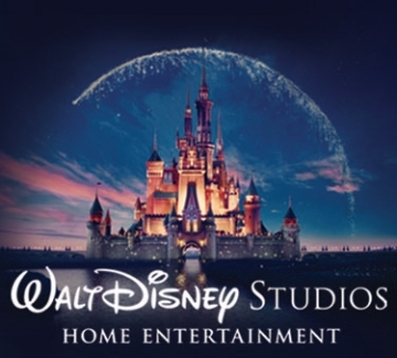 The next round is a movement phase which incorporates the movement quality of the shows within the park. After that, it’s “animation” which is essentially a game of charades in a small group where you create a story or scenario based on themes the casting director gives. If they ask for a fourth round of people to perform something, it’s usually to cast something specific, like a new show or a rare role. That doesn’t happen often.
The next round is a movement phase which incorporates the movement quality of the shows within the park. After that, it’s “animation” which is essentially a game of charades in a small group where you create a story or scenario based on themes the casting director gives. If they ask for a fourth round of people to perform something, it’s usually to cast something specific, like a new show or a rare role. That doesn’t happen often.
Me: That’s such a full audition: across the floor combos, waving, and group acting exercises! Now that you’re an official Disney entertainment employee, talk about what you actually do. Where do you perform?
Ty: I’m “global” but Animal Kingdom mostly.
(The term “global” means Ty can perform in a number of different shows at different locations in Disney World.)
Me: What are the shows you perform in like?
Ty: The shows I’m in are fun and cute.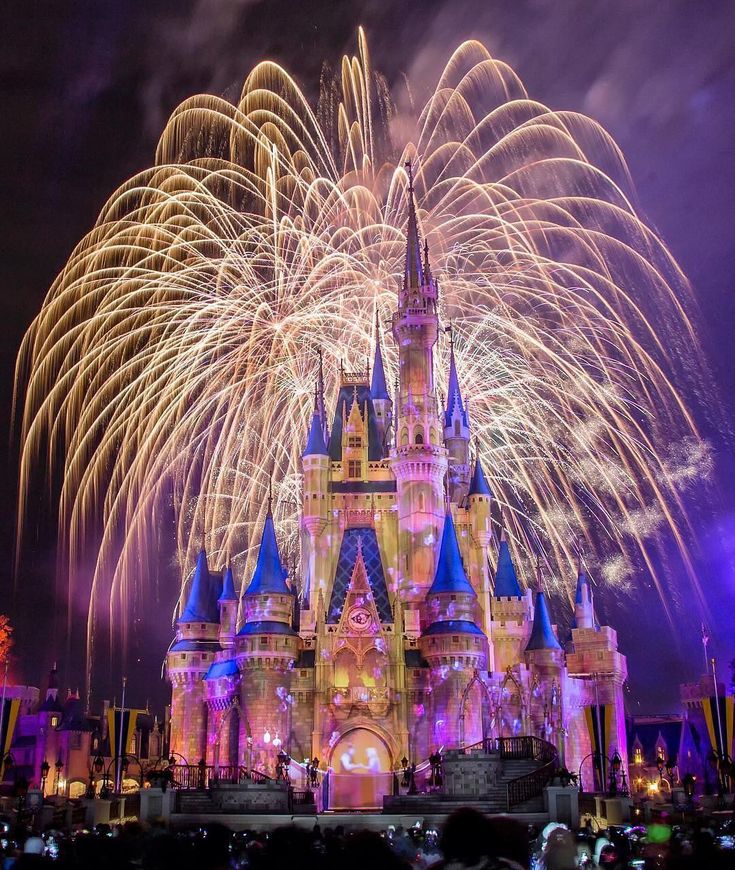 The movement is based strongly in character and character-like dancing. A fun aspect that some may find hard to get used to is the absence of the fourth wall. Guests are on your level so you can see them and they can see you seeing them. You are expected to interact with them, within the confines of your choreography. Some performers love it. Others, like myself, find it to be a bit of a balancing act. Like any challenge, it’s cool once you get the hang of it.
The movement is based strongly in character and character-like dancing. A fun aspect that some may find hard to get used to is the absence of the fourth wall. Guests are on your level so you can see them and they can see you seeing them. You are expected to interact with them, within the confines of your choreography. Some performers love it. Others, like myself, find it to be a bit of a balancing act. Like any challenge, it’s cool once you get the hang of it.
Me: That is definitely something unique to theme park entertainment. It would take me so long to get used to interacting with the audience like that. What about rehearsals? I’m sure a lot goes into the shows before the guests see them.
Ty: Rehearsals can vary. If it’s a shorter rehearsal period, like a week, you will probably be there overnight every night. If it’s longer, a week to two weeks, the rehearsals will vary between morning and night rehearsals. You stretch and then you spend hours of rigorous study on a show you will do so much, you wake up screaming in your sleep! The rehearsals are run by maintenance choreographers, whose job is to maintain the integrity of the movement and characters of a specific show.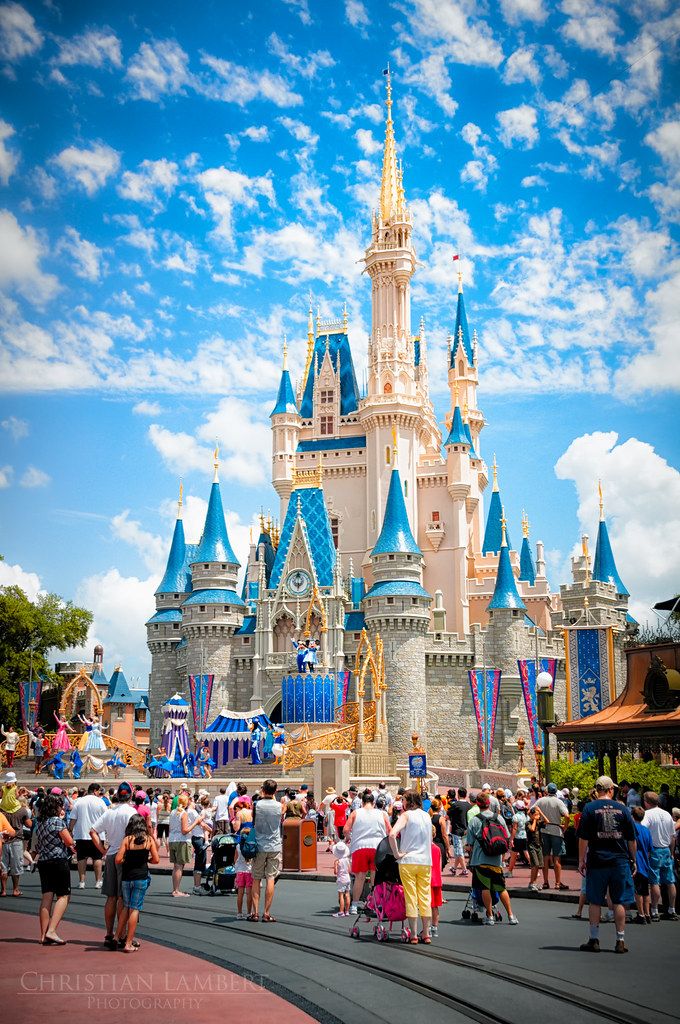 Every now and then your director and/or original choreographer will come and check on your progress. There are a few choreographers who are very hands-on with their show and will be there throughout the rehearsal process.
Every now and then your director and/or original choreographer will come and check on your progress. There are a few choreographers who are very hands-on with their show and will be there throughout the rehearsal process.
Me: And are you cast in the same role in the show each time you rehearse and perform it?
Ty: Rehearsals aren’t a guarantee of casting. They’re more like auditions. If you make it through the rehearsal, you deserve to perform it, but they can deny you of that if they have a better casting decision in mind.
Me: So, what’s the most challenging part of dancing at Disney?
Ty: The most challenging part of working here is that you’re a very small fish. Scheduling and casting is based on seniority because it’s much easier to consider the talent and work ethic of the [more seasoned] performer.
Me: What about your favorite part?
Ty: When you’re in a show because it’s a much friendlier environment- the smaller cast allows you to interact with your managers and directors more.
Me: Final question, what advice do you have for young dancers looking to potentially go into theme park entertainment like you?
Ty: I would just say it’s a job, so carry yourself like a professional. Talk to your superiors. Remember to choose your relationships wisely because not every girl in the tunnel is the Anna to your Elsa and not every boy down there is that prince you have been waiting to rescue you from life for 20 years. So share responsibly. You don’t need distraction because moving up is hard and if you truly want to strive you must be smart, tactical, and focused.
Thanks to Ty for sharing his experiences! If this sounds like a performance job you’d love to have, check out open call auditions for theme parks. There are several parks throughout the country that have performances throughout the year that require lots of talented dancers.
Emily Strickland is a professional ballet dancer and writer from Fredericksburg, Virginia. She is currently dancing with Nevada Ballet Theatre in Las Vegas, where she’s had the opportunity to perform ballets like The Nutcracker, Sleeping Beauty, and Swan Lake, as well as in a collaborative performance with Cirque du Soleil. Previously she was an artist at Columbia Classical Ballet and a trainee at Richmond Ballet, where she was the featured soloist in Connor Frain’s premiere piece “Inertia”. She has trained with Richmond Ballet, Joffrey Ballet, Festival Ballet Providence, Nashville Ballet, and the Royal Danish Ballet in Copenhagen, Denmark. In addition, she is a ballet instructor at Avery Ballet.
She is currently dancing with Nevada Ballet Theatre in Las Vegas, where she’s had the opportunity to perform ballets like The Nutcracker, Sleeping Beauty, and Swan Lake, as well as in a collaborative performance with Cirque du Soleil. Previously she was an artist at Columbia Classical Ballet and a trainee at Richmond Ballet, where she was the featured soloist in Connor Frain’s premiere piece “Inertia”. She has trained with Richmond Ballet, Joffrey Ballet, Festival Ballet Providence, Nashville Ballet, and the Royal Danish Ballet in Copenhagen, Denmark. In addition, she is a ballet instructor at Avery Ballet.
How many dancers does Disney use? – Celebrity.fm
If you are an energetic, passionate and expressive dancer who is looking for an interesting and challenging job, theme park performances are a great option to explore! And with over 60,000 actors working in the park as performers and characters, Disney World is a great place to try.
Then how much do Disney dancers get paid? Disney Parks Salary FAQ
The salary trajectory of a dancer varies by location and employer. Salary from $40,544/year and goes up to $31,783/year for the highest seniority level.
Salary from $40,544/year and goes up to $31,783/year for the highest seniority level.
How much do Disney princesses earn in 2021? While ZipRecruiter sees annual salaries ranging from $126,500 to $16,500, the salary of most Disney princesses currently ranges from $29,500 (83,000th percentile) to $75,000 (25th percentile) with the highest paid workers (90th percentile) earning $104,000 per year in the United States.
Is Disney holding auditions in 2021 the same way? Disney Auditions - Auditions for Disney movies, Disney Channel, Disney+ and amusement parks. Take part in Disney's 2021 auditions! … New auditions are posted daily on Backstage.com.
Content
How much does Dapper In pay?
Highest Dapper Dans salary in the USA. is $105,684 in year . What is the lowest salary for Dapper Dans in the US? The lowest Dapper Dans salary in the US is $26,102 per year.
How much do Ariana Grande dancers earn on tour? Dancers are usually paid per concert and performance fees can reach upwards of $1,000 .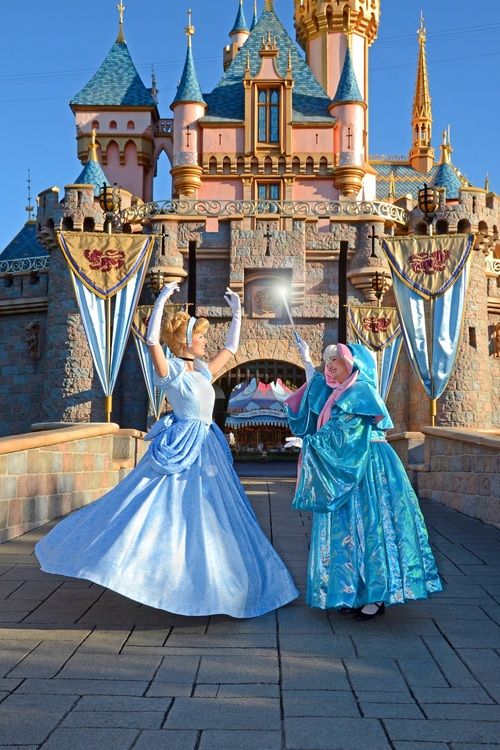 In addition to money, compensation is also provided in the form of lodging, nudity, and/or costumes. However, it is important to remember that payment may depend on other factors, including ticket sales.
In addition to money, compensation is also provided in the form of lodging, nudity, and/or costumes. However, it is important to remember that payment may depend on other factors, including ticket sales.
How much is Mickey Mouse paid? The typical salary for a character performer at Disney parks is $90,003 $13 per hour 90,004. Disney parks character performer salaries can range from $11 to $16 an hour.
Where do Disneyland employees live? In Disneyland, official housing is not or something like that. You live where you live and go to work. I believe that at Walt Disney World, if you are in international programs, internship or college programs, they have on-site dorms that you can live in. But most actors live in nearby areas.
How much does Tinkerbell earn?
The board is amazing. Rumor has it that Tink gets paid is about $500 for flight through the skies of the Magic Kingdom, which is not bad for 30 seconds of work if you ask us.
Is Disney hiring child actors? Disney just posted an open casting call on their new website! Open competition means that anyone can audition. They are currently looking for actors who can play between the ages of 8 and 16. … It currently looks like this casting is only available for kids in the US
They are currently looking for actors who can play between the ages of 8 and 16. … It currently looks like this casting is only available for kids in the US
How much do Disney actors get paid?
The typical salary for a Walt Disney Company actor is $ 21 per hour . Actors' salaries at the Walt Disney Company can range from $11 to $50 an hour.
How to become a Disney child actor? Ask your agent to give you every opportunity to audition for Disney. Go to open call to listen to Disney Channel . From time to time, Disney Channel casting directors will travel around the United States and hold open auditions where anyone in a certain age group can come.
Can I bring weapons to Disneyland?
Firearms, ammunition, knives and weapons of any kind are prohibited . Smoking marijuana or other prohibited substances is prohibited at all times. For the convenience of all guests, the theme parks, the Esplanade between the parks, and downtown Disneyland are non-smoking.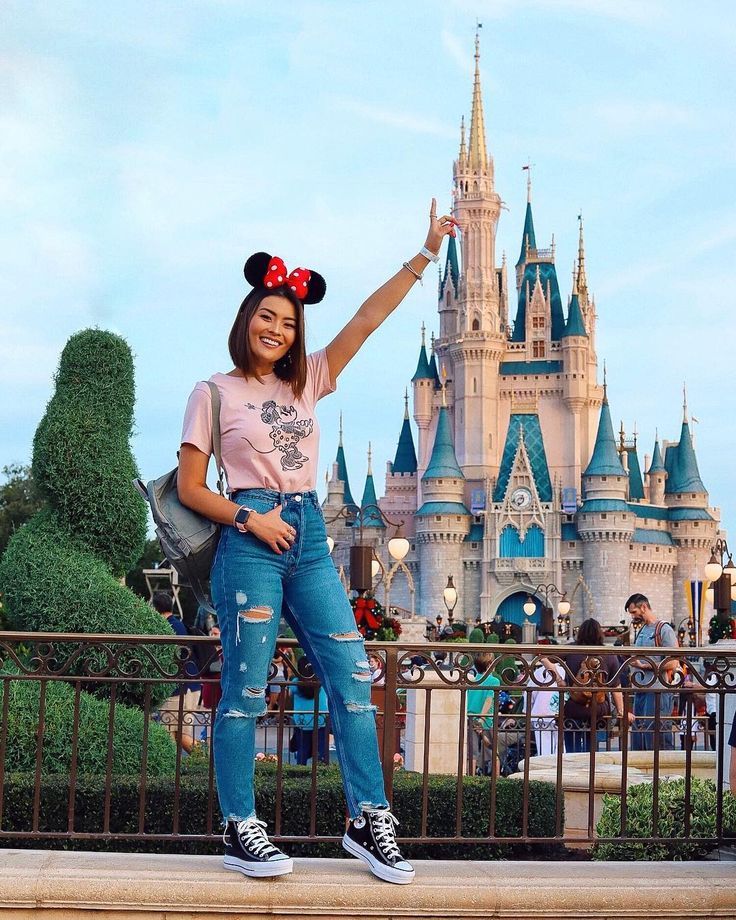
Do Disney employees get free tickets?
Employees receive free tickets to Disneyland - but there is a limit
One of the most famous perks associated with working at Disneyland is free admission to the theme park. However, you can only bring three people with you for free on each visit, and the number of free visits you earn depends on the number of hours you work there.
How much does Disneyland earn per day? In 3.8, the Disneyland resort generated about $3.8 billion in revenue, according to Nathanson. This works for approximately $10.4 million in Disneyland resort daily income.
How much money do Beyoncé dancers earn? Dancers can earn $90,003,500 per performance or $2,000 90,004. Some contracts cost 20 thousand. As a stage dancer, I was making $1,500 a week. It depends if it's for a music video, concert or tour.
How much do pink dancers earn?
Despite their fast paced lifestyle and the opportunity to work with superstars, most dancers are essentially independent contractors. This means you book gigs piecemeal, working overtime and, according to the Bureau of Labor Statistics, earning an average of about $14 an hour, or $9.0003 $34,000 per year .
This means you book gigs piecemeal, working overtime and, according to the Bureau of Labor Statistics, earning an average of about $14 an hour, or $9.0003 $34,000 per year .
How long has Beyoncé been on the show? Beyoncé's On The Run II stadium tour with husband Jay-Z grossed approximately $5 million at the box office on Night, pulling in over $250 million in total. In April 2019, the pop star released a live album, Homecoming, and a Netflix special on her groundbreaking 2018 Coachella performance.
What is the highest paying job at Disney World?
What is the highest paying job at Walt Disney World? Senior Project Manager is the highest paid job at Walt Disney World at $121,000 per year.
What does a Disney CEO earn? Current Disney CEO Bob Chapek made $14.2 million in total compensation of , according to a regulatory filing released Tuesday.
Do Disney employees get free housing?
Disney recently opened their apartment complex, which was originally built for members of their college program, for all of their actors.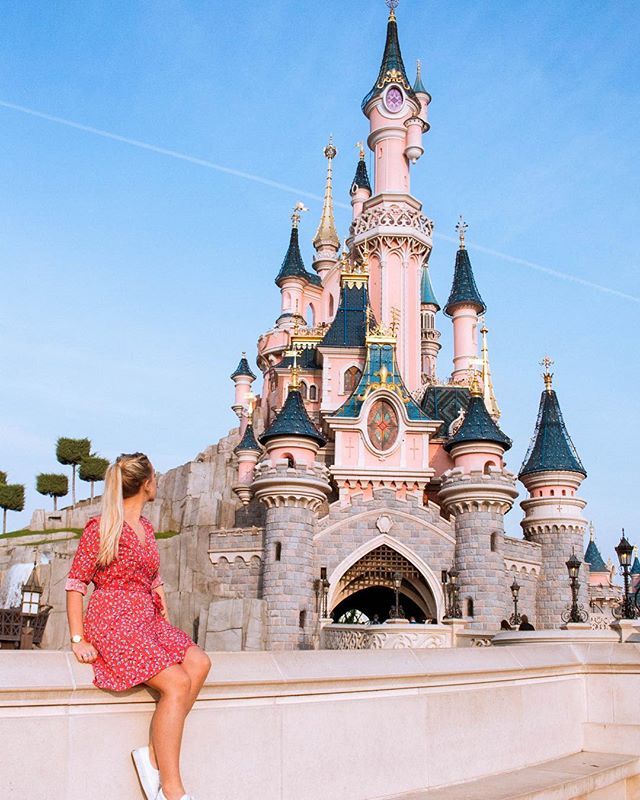 This is a complex exclusively for the members of the cast and ultimately the members of the DCP. … The Universals Residential Complex will be accessible to both the community and members of its team.
This is a complex exclusively for the members of the cast and ultimately the members of the DCP. … The Universals Residential Complex will be accessible to both the community and members of its team.
What is the Disney World minimum wage? Disney and the Service Workers Union today announced an agreement to raise the minimum wage to $90,003 15 hours 90,004 for Walt Disney World's 38,000 union workers. According to the agreement, the minimum wage for union workers will rise to $13 in December, 2019 in September 14, 2020 in October XNUMX…
How many Disneyland employees are homeless?
"Working for a mouse", a study by Occidental College and the Economic Roundtable published in February 2018 found that 11% of Disneyland employees reported experienced homelessness in the previous two years, 68% experienced food insecurity, and 73% said they did not earn enough to cover basic living expenses.
Don't forget to share this post!
Classic Disney Character Design History - School of Animation
08/03/2020
No story can exist without its hero. Since it is the characters who form the viewer's attitude to the picture, forcing them to empathize, experience fear, rejoice, fall in love and be surprised. However: “Without a pronounced personality, no one will believe in our characters” - this phrase Walt Disney often said to his employees.
Since it is the characters who form the viewer's attitude to the picture, forcing them to empathize, experience fear, rejoice, fall in love and be surprised. However: “Without a pronounced personality, no one will believe in our characters” - this phrase Walt Disney often said to his employees.
Looking at the character designs of contemporary Disney and their classic heroes, there are a lot of differences, and that's okay, because change is inevitable.
I think the modern audience is incredibly lucky to see the results of 96 years of work, because it gives an opportunity to understand the development of the studio's character design.
How was the image of the classic Disney hero formed? How did it change? And what influenced these changes? To answer these questions it is important to first consider the heart of the studio.
Walt Disney with his brother Roy Walt Disney has always been a dreamer. As a child, he, dressing up as characters from his favorite fairy tales, constantly told fascinating stories to his older brother.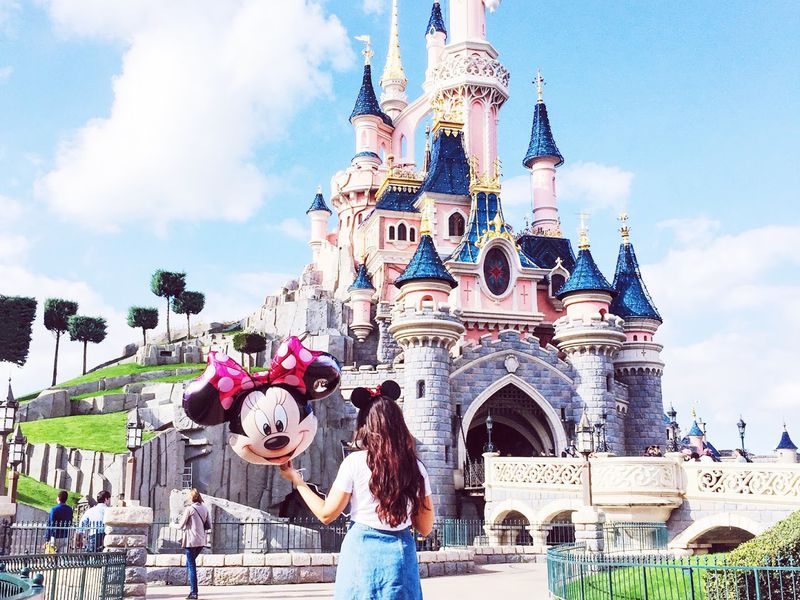 At a young age, he developed a great interest in creativity. Walt took part in the creation of the school newspaper as an artist and photographer, attended the Academy of Fine Arts in the evenings, sold his comics, and studied newspaper caricature. At an older age, he began to be interested in classical European art.
At a young age, he developed a great interest in creativity. Walt took part in the creation of the school newspaper as an artist and photographer, attended the Academy of Fine Arts in the evenings, sold his comics, and studied newspaper caricature. At an older age, he began to be interested in classical European art.
Walt's passions were reflected in his work: the studio's first short films were made in a caricature style, then fairy tales became the basis of Disney cartoons, and the new style was inspired by classical European art.
Walt sought to surprise his audience with characters, history, and the magic of moving pictures: “The trouble with our world is that too many grow up. I don't make films primarily for children. I make them for the child in each of us, whether he is six years old or sixty.” Sergei Eisenstein, in his study of Disney's creativity, wrote: “... It seems that this person ... knows all the innermost strings of human thoughts, images, thoughts, feelings .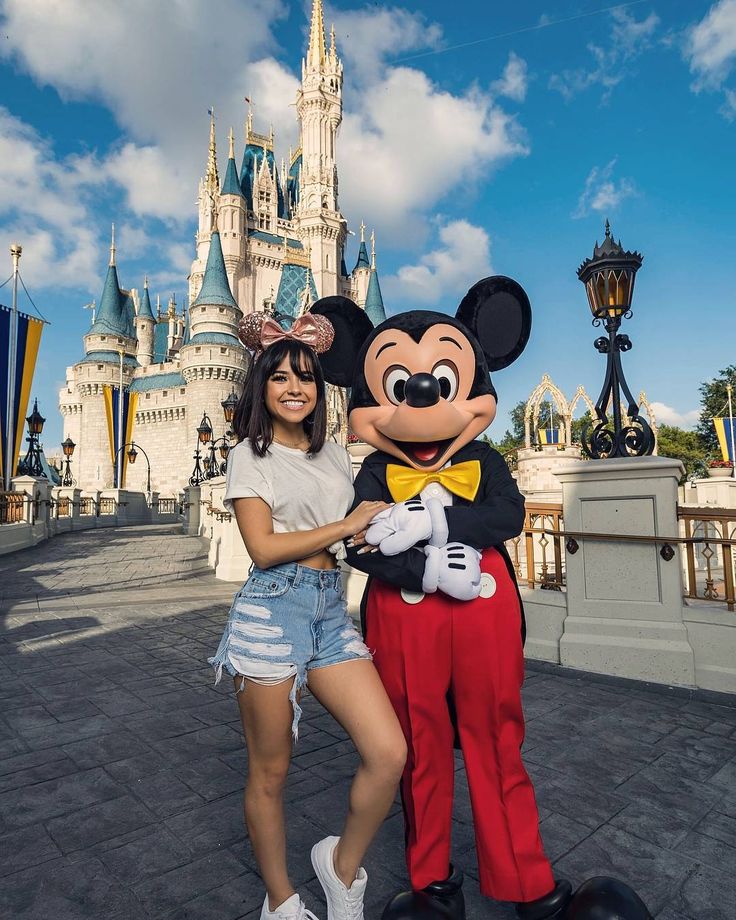 .. He creates somewhere in the region of the purest and most primary depths. There - where we are all children of nature. He creates at the level of ideas of a person who is not yet chained by logic, rationality, experience. This is how butterflies make their flight. This is how flowers grow... One of the most amazing Disney things is the Underwater Circus. What kind of purity and clarity of soul is needed to make it. What depths of untouched nature do you need to dive into with bubbles and guys who look like bubbles in order to acquire such absolute freedom from all categories, all conventions. To be like children. <...> Disney's epic is "Return to Paradise"... This is not the absurdity of the collision of children's concepts of an eccentric with adult reality... And sadness for forever lost: a man - childhood...».
.. He creates somewhere in the region of the purest and most primary depths. There - where we are all children of nature. He creates at the level of ideas of a person who is not yet chained by logic, rationality, experience. This is how butterflies make their flight. This is how flowers grow... One of the most amazing Disney things is the Underwater Circus. What kind of purity and clarity of soul is needed to make it. What depths of untouched nature do you need to dive into with bubbles and guys who look like bubbles in order to acquire such absolute freedom from all categories, all conventions. To be like children. <...> Disney's epic is "Return to Paradise"... This is not the absurdity of the collision of children's concepts of an eccentric with adult reality... And sadness for forever lost: a man - childhood...».
Disney was a storyteller: in his cartoons elephants flew, mice talked and danced, fairies flew. But despite this, he possessed important character traits that brought him success in his favorite business.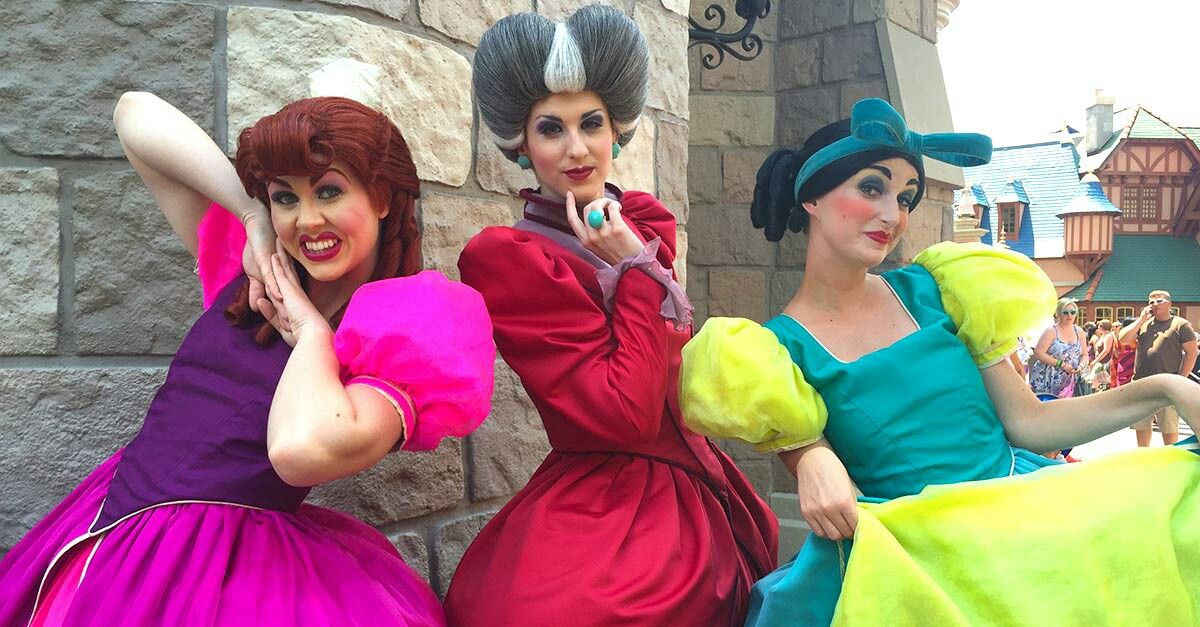 He was accustomed to work, and to hard work from childhood. He never knew luxury and was fanatically industrious. According to the studio staff, "Walt always knew what he needed" and strived for excellence in his work.
He was accustomed to work, and to hard work from childhood. He never knew luxury and was fanatically industrious. According to the studio staff, "Walt always knew what he needed" and strived for excellence in his work.
That's why, before he was twenty years old, Disney found a job as an artist of short animated cartoons. Then, together with his colleague Ab Iwerks and brother Roy, he founded his own studio - the Walt Disney Company.
Initially, there was no concept or character artist position (in the modern sense) at the studio. It is important to understand that Disney did not invent the art of animation, but it was he who "defined its face" and content: gradually discovering new technologies and rebuilding the strong inner workings of films.
Oswald the Lucky Rabbit The first Disney character in its own right was Oswald the Lucky Rabbit, created by Walt and Ab in 1927. The design of the Rabbit was sharpened for further work: the hero was deliberately made with long ears and plasticity of forms in order to expand the character's abilities when animated.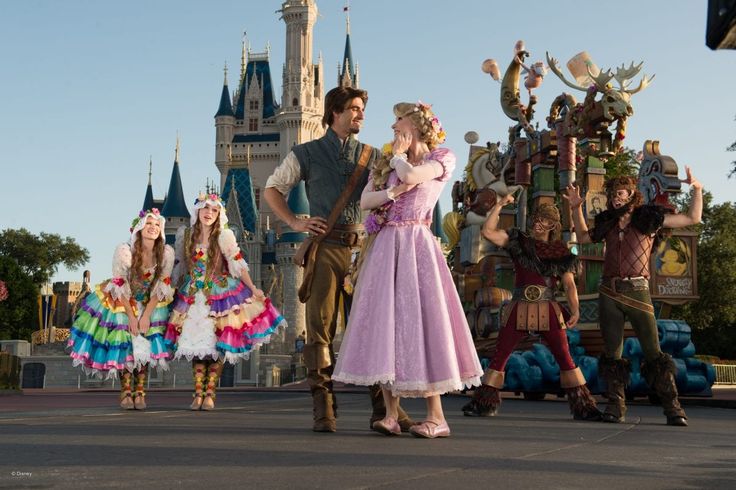 So in the short films you can see how Oswald stretched, flattened, and in the film "Oh, what a knight!" he twisted himself into a rope to squeeze himself dry.
So in the short films you can see how Oswald stretched, flattened, and in the film "Oh, what a knight!" he twisted himself into a rope to squeeze himself dry.
The new character that brought Disney the greatest fame and popularity was Mickey Mouse. In the early years, Mickey's design closely resembled Oswald, except for the ears, nose, and tail. The studio's senior animator, Ub Iwerks, who developed the concept, drew Mickey's torso from circles in order to simplify further work on the animation. Ub Iwerks' work largely determined the characteristic style of early Disney animation: round, smooth, and caricatured.
Subsequently, studio employees - Mark Davis and John Hench suggested that it was this design that became one of the reasons for Mickey's success, as it made him more dynamic and attractive to the viewer. At 19In 38, when Mickey's fame began to fade in the light of other characters, animator Fred Moore changed his appearance, giving him more flexibility and making his facial expressions more "fashionable".
One of Disney's most important contributions has been the development of the personality of cartoon characters. He wanted the audience to experience a variety of emotions, and he knew that the credibility of the character is the main element of such success. “After all,” he remarked, “you can’t expect to charm anyone with a moving stick.”
As the business picked up pace, Disney began to look to its most capable employees and channel their energies into jobs where they could excel. At the same time, some artists were assigned to work on character designs for animation. Initially, Disney animators were responsible for all the components of the scene: characters, backgrounds, mise-en-scenes, gags, and contouring.
One such employee was Albert Harter, a seasoned animator who only sketched scenes for films. His expressive drawings helped develop the characters, which were then animated by other animators. It was Harter who created the type of the three Little Pigs and the Big Bad Wolf.
This is how Disney started specializing in the art of animated film.
The Three Little PigsHaving exhausted the full potential of possible income from a short film, in 1934 Disney began work on his first feature film, Snow White and the Seven Dwarfs.
Hundreds of applicants came to him from all over the country to take part in a big project. Among them were the men who later formed the core of the Disney team, the great Old Nine: Les Clark, Frank Thomas, Ollie Johnston, Milt Kahl, Mark Davis, Wolfgang (Wooley) Reitherman, Eric Larson, John Lounsbury, and Ward Kimball. It was this composition that formed the new Disney style: close to realism, detailed, rich in color palette.
The technology used in the studio had a strong influence on the development of the style.
"Snow White and the Seven Dwarfs" is the result of three years of hard work by 570 artists, who each year created over a million hand-drawn frames based on precise sketches.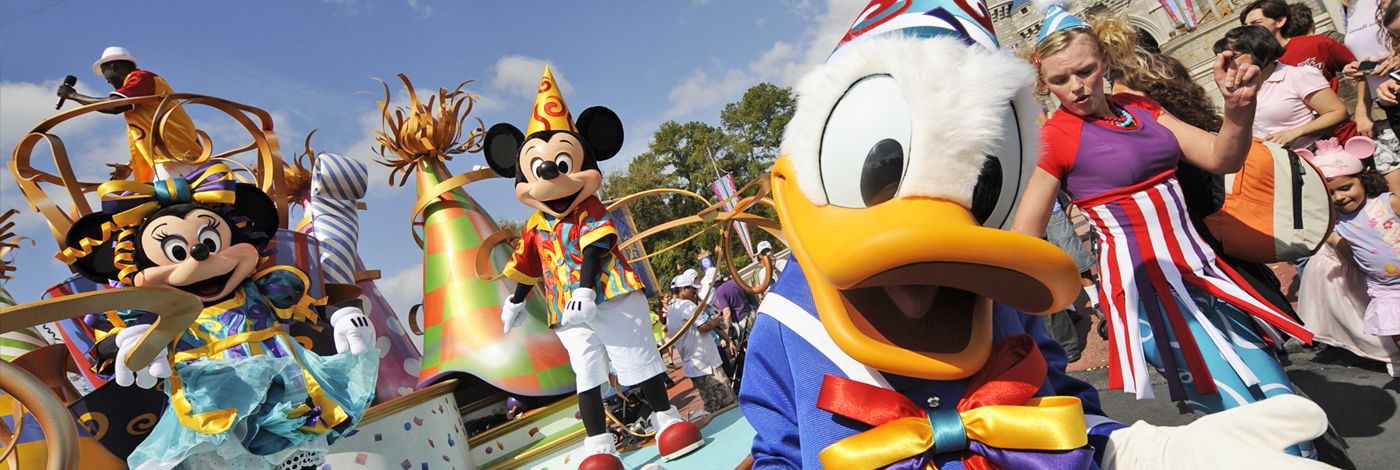 Such work required a lot of time, effort and finances.
Such work required a lot of time, effort and finances.
Disney stated that all scenes involving human characters must first be performed by live actors to determine how they will look before starting the expensive animation process. (The estimated budget for the picture was $250,000, but by the time filming was completed, the amount was six times that.)
This is how rotoscoping technology was used at the studio. For greater plausibility, the movements and plasticity of the characters of live actors were filmed and then outlined. It was this method that became the basis for a realistic and proportional design of the characters.
Disney really wanted the animators to "make the characters in the cartoon as natural as possible, almost in flesh and blood", but the difficulty in developing the graphic design of the characters was that previously the animation studio created mainly cartoons about animals and fictional creatures. "Grotesque, exaggeration and pastiche were encouraged, but only to emphasize realism.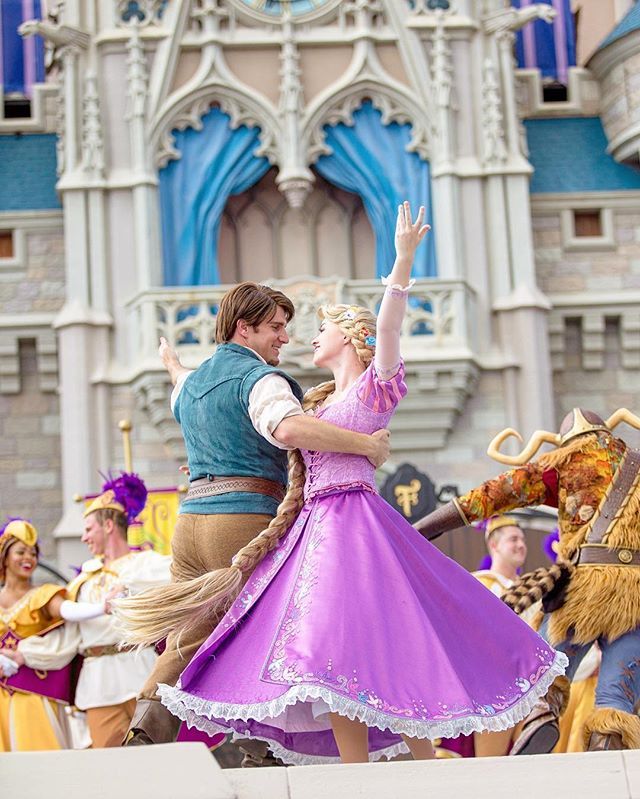 "
"
Initial sketches of Snow White by animator Grim Natwick, formerly of Fleischer Studios, did not meet Walt Disney's expectations, as the heroine was very similar to the cartoon Betty Boop. Also, in some early sketches, Snow White was blonde, which did not fit the original story. Then the animator Hamilton Lackse, at the request of Walt Disney, tried to create for her a realistic, and at the same time fabulous, and quite convincing appearance, such as Persephone from the cartoon "The Goddess of Spring". After that, Walt appointed Laske as the lead animator of the picture.
One of the first concepts for Snow WhiteTo make her movements more believable, Lusk and his team worked with dancer Margery Belcher, daughter of Hollywood dance teacher Ernest Belcher. The girl performed those actions that the artists considered the most difficult to reproduce "from the head", without a "reference". One of these scenes was the dance of Snow White.
Margery Belcher Rotoscoping technology has been used in many Disney feature films. The living model of Princess Aurora (Sleeping Beauty) was the ballet dancer and actress Helen Stanley, who also "performed" the role of Cinderella (in the cartoon of the same name 1950) and the role of Anita Radcliffe ("101" Dalmatians).
The living model of Princess Aurora (Sleeping Beauty) was the ballet dancer and actress Helen Stanley, who also "performed" the role of Cinderella (in the cartoon of the same name 1950) and the role of Anita Radcliffe ("101" Dalmatians).
In 1951, 13-year-old British Catherine Beaumont gave the animated Alice her appearance and voice. Alice's design was not a copy of Katherine - the cartoon girl was given big eyes and a small, graceful face to make it more fragile. A few years later, Disney invited Katherine to pose for the role of Wendy Darling, the heroine of Peter Pan. That is why in the appearance of the heroines there are many common features.
Katherine Beaumont - the actress who played Alice and Wendy Darling it was in cartoons with Mickey, Goofy and Donald), but the characters had to look like real animals.
Principal artists Frank Thomas, Milt Kahl, Eric Larson and Ollie Johnston had to go through a long and difficult training period to achieve the necessary realism. The studio was forced into enclosures with animals that were supposed to appear in the cartoon. Live deer ran indoors, and raccoons, skunks, rabbits and ducks frolicked in cages. Disney did not limit himself to the selection of nature for sketches: he invited the best animal artists in America to conduct classes. For many weeks, the leading specialists of the studio not only sketched animals from nature, but also listened to lengthy lectures on their anatomical structure and skeleton structure.
The studio was forced into enclosures with animals that were supposed to appear in the cartoon. Live deer ran indoors, and raccoons, skunks, rabbits and ducks frolicked in cages. Disney did not limit himself to the selection of nature for sketches: he invited the best animal artists in America to conduct classes. For many weeks, the leading specialists of the studio not only sketched animals from nature, but also listened to lengthy lectures on their anatomical structure and skeleton structure.
Walt Disney was a great experimenter: he was the first to use sound and color, he integrated a multi-tiered camera into production, creating volume, he was the first in America to make a full-length animated film. Undoubtedly, his moral values, both personal and those he promoted in his films, tended towards conservatism, but as an artist he was not afraid to try new things.
“I never believed in making sequels. I don't want to waste time creating them; I would rather use this time to create something different and new.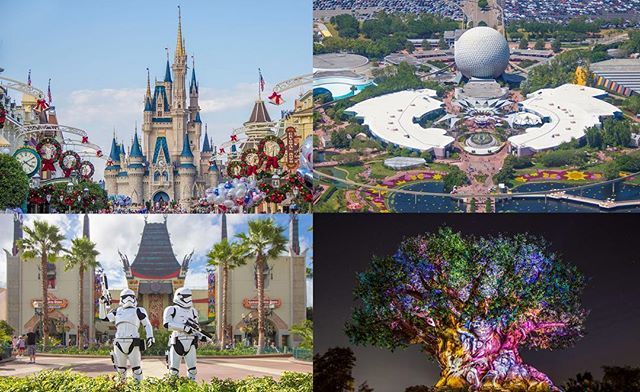 ”
”
Often, Disney invited artists to work on the project to help develop the concepts for the film. So in April 1940, Mary Blair came to Walt's studio. Blair's illustrations featured bright and bold color combinations. She, breaking the established standards, created her own special artistic style.
Mary Blair and her workAccording to animator Mark Davies, Blair "brought contemporary art into the world of Walt Disney in a way no one else had before." Mary Blair's concept art was perfect for Disney's Alice: implausibly bright colors, simple yet expressive character designs, and a part dreamlike, part surreal and playful mood. Disney appreciated the illustrations, because he always believed that animation should first of all please and entertain - and only occasionally sad.
Mary Blair also designed the art style for Dumbo, Cinderella, Peter Pan and other paintings.
Concept art for "Peter Pan" Disney's love of European art was clearly shown in Sleeping Beauty (1959). The creators were inspired by the Gothic style and medieval tapestries - such a gloomy and meticulously designed world was a new creative challenge for the studio.
The creators were inspired by the Gothic style and medieval tapestries - such a gloomy and meticulously designed world was a new creative challenge for the studio.
Background, design and color palette were created by artist Eyvind Earl, who came to the studio at 1951 years old. His illustrations were striking in their unusualness and mystery. Earl gave Sleeping Beauty a magical, medieval look. A detailed background required the same return in working with characters.
Artwork by artist Eyvind EarlWalt Disney commissioned animator Mark Davis to work on the image and animation of Maleficent. “In the original drafts, Maleficent was portrayed as an old hag with a hooked nose, which, however, was quite consistent with the classic tale of the sleeping beauty. Some other sketches gave the villainess a somewhat inhuman appearance.
But one day Mark Davis found in his home library a Czechoslovakian book about medieval art, which depicted a woman dressed in black clothes with flames. According to the animator himself, this image intrigued him very much, and he decided to use it as the basis for the new image of Maleficent. When designing the villain's new look, Mark Davis tried to give her a demonic look and wanted her to look somewhat like "a giant vampire bat to create a sense of menace." In addition, the animator decided to add a pair of horns to Maleficent's new look, as he believed that "there is something of the devil in her."
According to the animator himself, this image intrigued him very much, and he decided to use it as the basis for the new image of Maleficent. When designing the villain's new look, Mark Davis tried to give her a demonic look and wanted her to look somewhat like "a giant vampire bat to create a sense of menace." In addition, the animator decided to add a pair of horns to Maleficent's new look, as he believed that "there is something of the devil in her."
Princess Aurora's original design was created and designed by stylist Tom Oreb, who based her poses on actress Audrey Hepburn's elegance and slenderness. Mark Davies later worked on Oreb's sketches, refining Aurora's appearance and clothing to match the angular shapes of the background images.
Such detailed work gave rise to disputes between artists: some believed that the main thing in the cartoon was the study of characters, others - the background. In Michael Barrier's book Hollywood Cartoons, one of the film's directors, Clyde Geronimi, is quoted as saying: "Wonderfully rendered trees are, of course, great, but who the hell is going to look at them?"
The words turned out to be prophetic. The large-scale and expensive project did not justify the hopes placed on it and became "a universally recognized failure of the studio and a personal defeat for Walt."
The large-scale and expensive project did not justify the hopes placed on it and became "a universally recognized failure of the studio and a personal defeat for Walt."
The new style was not long in coming. In 1961, the feature film 101 Dalmatians set a new, sophisticated tone for Disney animation: semi-abstract, schematic backgrounds contrast sharply with the typical fifties splendor of Lady and the Tramp and Sleeping Beauty.
Frame from the cartoon "101 Dalmatians"
It was important for Disney to make their characters charismatic, attractive, and alive, in order to create a certain feeling and interest in the audience.
There are several techniques for establishing a relationship between the viewer and the character, based on the psychology of human perception:
- Lines and geometric shapes have their own meaning and influence our mind and reactions.
Angular shapes often define evil, edgy and unpredictable characters.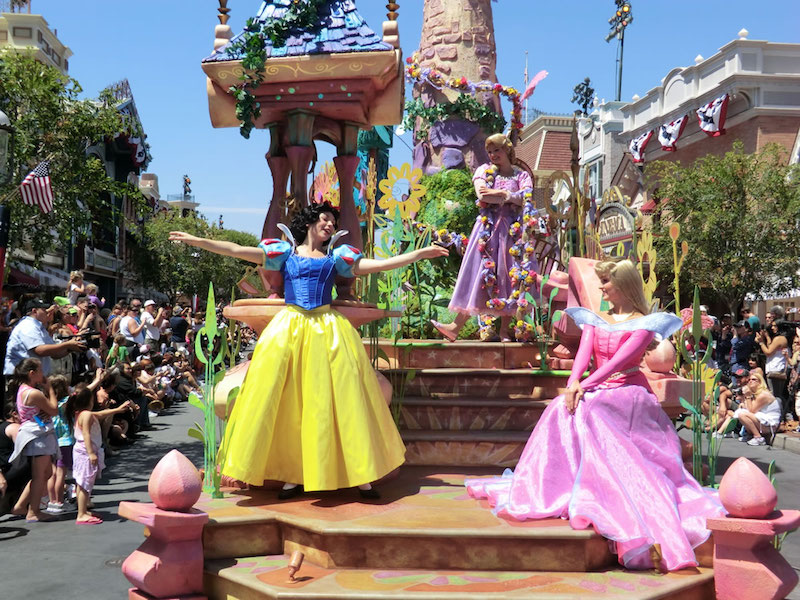 They do not cause sympathy, as they are not pleasing to the eye, thereby becoming subconsciously dangerous. Rounded shapes are used in the design of good-natured, harmless, caring characters.
They do not cause sympathy, as they are not pleasing to the eye, thereby becoming subconsciously dangerous. Rounded shapes are used in the design of good-natured, harmless, caring characters.
A striking example is Maleficent with sharp, sharp lines, horns, and the gnomes from Snow White - rounded, soft, smooth in movements.
Even, soft and human-like forms carry the perfection and impeccability, the lightness that fairy princesses possess.
Concept of Princess Aurora
A certain geometric shape can reveal a person's character traits:
"People associate squares and rectangles with practical things, so they bring a sense of trust and authority." In most cases, a courageous, reliable, strong, non-dangerous hero has a square shape.
The triangle is an energetic and dynamic shape that is always associated with movement and direction, thus causing tension and excitement in the viewer.
Circles, ovals and alice mean femininity, mystery, softness.
Despite the style close to the calligraphic ornaments of Arabic writing, the symbolism of the form of individual characters is clearly visible in the cartoon "Aladdin". The artists adhered to the visual style of comics in their work - simple and allowing elements of the grotesque for greater expressiveness of the images:
Sultan - round;
Jafar - elongated, acute-angled, like the letter "T";
Iago - clay pot;
Jasmine - hourglass;
Aladdin - two triangles connected by vertices in the middle;
Carpet - rectangle;
Genie can be associated with the usual puff of smoke.
- Well-designed and recognizable silhouettes help the viewer to remember the hero.
- Disclosure of the character's history and personal traits through the environment, movement, costume elements, facial features.
When designing Mulan, the filmmakers decided to bring the art style closer to Chinese painting, with watercolors and simple designs.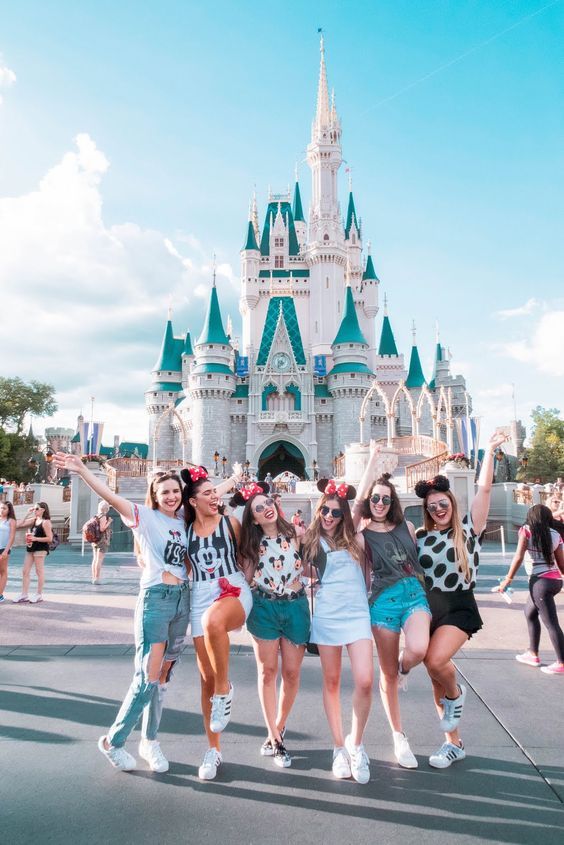 In contrast to the detailed painting "The Hunchback of Notre Dame" (1996), in which the atmosphere of France, the Gothic Notre Dame is conveyed through the environment (gargoyles, markets, square).
In contrast to the detailed painting "The Hunchback of Notre Dame" (1996), in which the atmosphere of France, the Gothic Notre Dame is conveyed through the environment (gargoyles, markets, square).
- The concept of a character should tell us as much as possible about him - appearance, forms, speak about the character's lifestyle, his habits, manners, what he loves and what kind of character he is.
Through the details, the artist reveals the character and makes the character interesting. This is what happened with Goofy: “Goof appeared in the early 30s, first as a very nervous character named Dippy Dog. He had a stupid laugh and a stupid bullying style." Everything changed when, at the end of 1935. Goofy was taken over by animator Art Babbitt.
Art Babbitt about Goofy: “In my opinion, Goof has been a nice character so far because his physical and psychological features were vague and inexpressive…”
“His posture is like zero. The back is unnaturally bent, the tummy is baked forward. The neck is very long and bony. The knees always sag, the feet are large and flat. He walks on his heels, toes up. The shoulders are narrow, sloping, which makes the upper body thin, and the arms seem long and heavy. His hands are mobile and expressive, and although the gestures are sweeping, they could belong to a gentleman ... ".
The back is unnaturally bent, the tummy is baked forward. The neck is very long and bony. The knees always sag, the feet are large and flat. He walks on his heels, toes up. The shoulders are narrow, sloping, which makes the upper body thin, and the arms seem long and heavy. His hands are mobile and expressive, and although the gestures are sweeping, they could belong to a gentleman ... ".
- Caricature is a change in body proportions.
Distorting proportions or exaggerating the length and size of body parts helps to create a character's personality: exaggerated physical features can make a character appear stronger, clumsier, or meaner.
The eyes are expressive and one of the main tools for conveying the hero's inner world. In the eyes of the viewer reads doubt, joy, grief, embarrassment, it is they who make the drawn character alive.
Here are some interesting articles: in the first, the authors decided to figure out what the heroes we know with proportional eyes would look like, and in the second, the princesses were analyzed for the proportionality of the eyes and waist.
- Anthropomorphism (endowment with human qualities).
When creating a cartoon where the main character is an animal - a mouse, a duck or a fox, it is important to create an atmosphere of unity between the character and the viewer. This can be achieved by giving the hero human emotions, poses, and also dressing him in human clothes, putting him on two legs and assigning human habits and actions, as Disney did with Mickey Mouse, Donald Duck, mice from the cartoon "Rescuers" and other of his heroes. Thus, despite the nature of the hero, he will be dear to the viewer.
Frame from The Rescuers- Age audience
Before Snow White, Disney worked with short films that were fast-paced, capacious, bright, risky, experimental, and at first even vulgar. This format was aimed at an adult audience. So when Disney got to work on its first feature film, many people with experience in the film industry predicted that adult viewers wouldn't stop by to watch an hour and a half hand-drawn movie.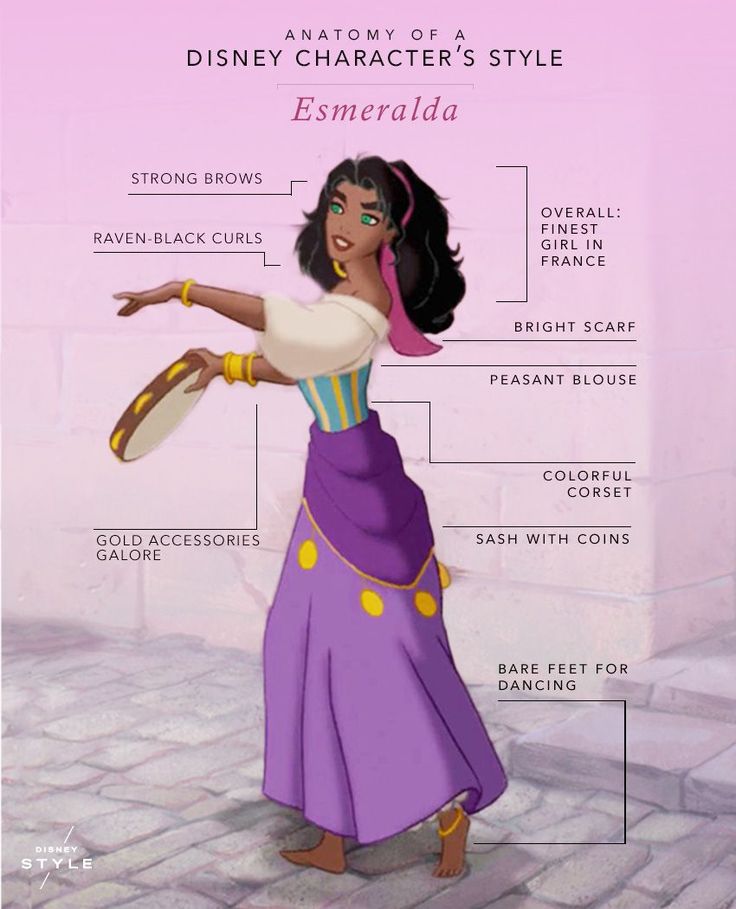
In the 1930s, romantic films were all the rage, and it seemed natural to bet on the relationship between Snow White and her betrothed. There was also an opinion at the studio that the cartoon should not frighten the little viewers too much and that the evil queen should be made as comical as possible - plump and "pretty". On the other hand, there were those who believed that, on the contrary, the cartoon should have as much witch queen magic as possible so that spectacular scenes can be built around the magic.
However, "Snow White" delighted both children and adults. A distinctive feature of the time is the fact that Disney cartoons were a new, daring format in the film industry, which piqued the interest of an adult audience. Modern viewers 18+ are no longer surprised by cartoons.
- Correspondence to the time epoch.
The influence of time is reflected in the details. A prime example is Mickey's white gloves.
Mickey Mouse did not wear white gloves until the release of the cartoon "Village Opera 19"29" March 28, 1929.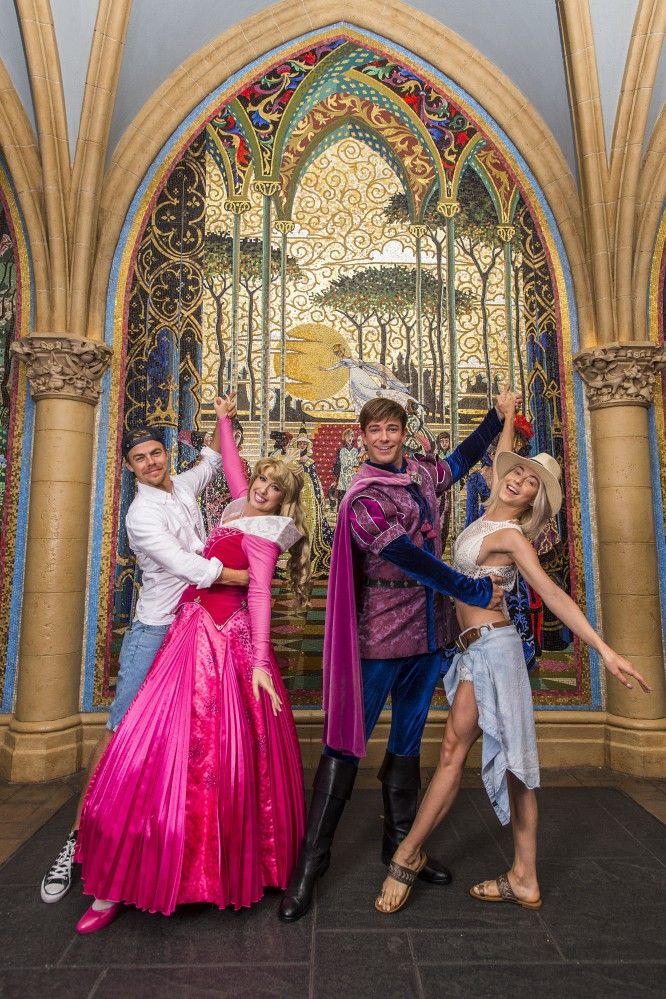 The Village Opera 1929 was the second cartoon of 1929, and from there on, the little mouse almost always appeared wearing gloves. In this cartoon, Mickey appears as a pianist. Three black lines on the back of the glove are folds typical of children's gloves of that time.
The Village Opera 1929 was the second cartoon of 1929, and from there on, the little mouse almost always appeared wearing gloves. In this cartoon, Mickey appears as a pianist. Three black lines on the back of the glove are folds typical of children's gloves of that time.
The "gloves" technique adds contrast to the character, speeds up the drawing process, and adds humanity to the character. Other studios later borrowed such a trick: Woody the woodpecker and Bunny the rabbit have white gloves.
We have listed far from all the techniques that allow you to create bright, recognizable cartoon characters. You can learn how to design characters and get an exciting profession in demand on our course "Concept Art and Film Style"
Thus, character design strives for simplicity, which is more understandable and easy to perceive for the eyes, for consciousness. In character design, it is very important to strike a balance between readable simplicity and the uniqueness of the person that the character is.